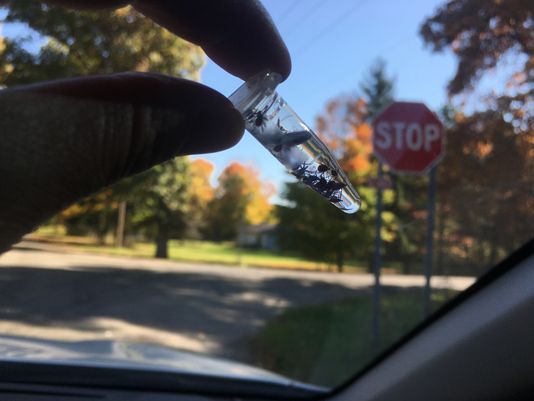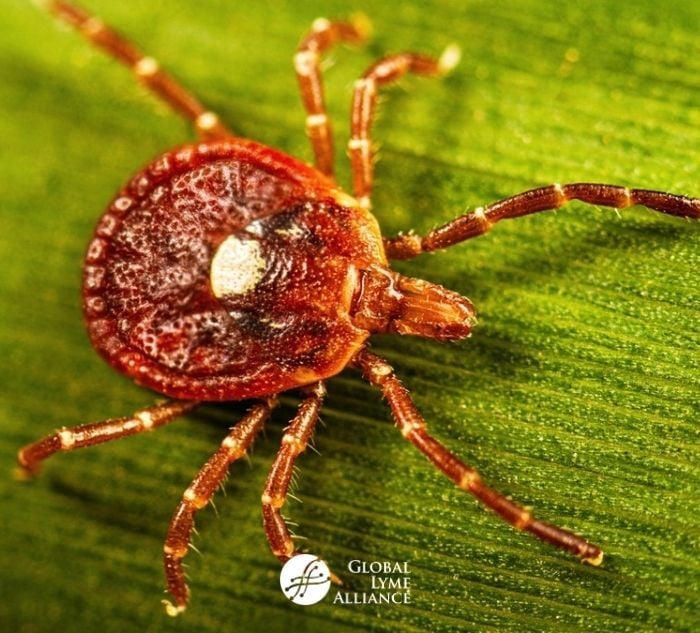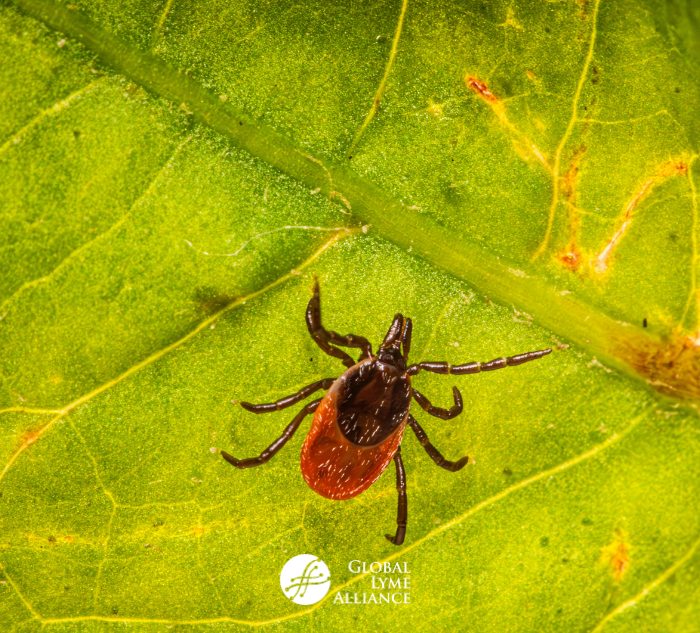
Why the increase?
Why the increase is happening now, scientists can't say for sure. Lyme disease and the ticks that carry it have long been established on the East Coast. In the upper Midwest, states such as Wisconsin and Minnesota have more than 10 times as many human cases of Lyme disease as Michigan. Tsao's theory is that Lake Michigan served as a natural barrier holding the blacklegged ticks back. But the ticks are capable of being carried across the lake on birds, she said. "Over time, as the Wisconsin, Minnesota and Upper Peninsula populations grew, that pressure of ticks coming down to places where birds like to stop over would have increased," she said. "In the past, they could have come and died. But eventually, enough of them have arrived, survived the various life stages and began mating. "Mom, if she gets a nice blood meal, she can lay 2,000 eggs. Nineteen-hundred and 99 can die; so long as one survives to meet another tick from another female, you have the next generation going." The ticks thrive in sandy areas with varied plant life, which is why they raced up Michigan's Lake Michigan shoreline once established here, Tsao said. The ticks go through three life phases — larva, nymph and adult, and each stage needs a blood meal, she said. They perch on plants and branches, waiting for a host animal to brush by. "It finds a host, takes its blood meal, falls off into the leaf litter, evolves and finds its next host," she said. The process can take two to three years for ticks in Michigan, the larvae feeding in year one; the nymph and adult in the second year, Tsao said. Each winter, the leaf cover and snow serve as an insulating blanket until spring. While croplands farther east in Michigan's Lower Peninsula aren't as optimal for blacklegged ticks, all it takes are patches of woods and herds of deer to continue the in-state spread, Tsao said. "If you've got nice woods around, and have nice habitat for deer, mice, birds and other species, you could have a little island for ticks," she said. Ticks have been found in East Tawas on the Lake Huron side of Michigan, as well as in the Thumb, Tsao said. "I'm not trying to be fear-mongering," she said. "But if you look at Michigan and look at other states where Lyme disease-causing ticks are found, what kind of vegetation is there? What kind of animals are there? "There's no reason we would not have ticks everywhere."Missed diagnosis
Heather Feldkamp, 44, discovered her Lyme disease infection too late. The Saline resident was a very active soccer player when, in January 2013, her right leg started going numb. "I thought it was sciatica," a pinched nerve condition, she said. "I went to the chiropractor a couple of times. Eventually, my left leg started going numb as well. I was starting to limp. I couldn't play soccer anymore." Feldkamp said her primary care physician was baffled and sent her to a neurologist, who conducted an MRI. Then came a spinal tap, and the coincidental discovery that she had cancer. She beat breast cancer within that year, but the tingling and impinged motion continued. Her primary care doctor and oncologist thought the symptoms were somehow related to her cancer, but Feldkamp was skeptical. She went to a holistic doctor in Ann Arbor, versed in Lyme disease, at her own expense. "She tests me and says, 'You don't have cancer in your nerves; you're full of Lyme,'" Feldkamp recalled. Sharing that news with her other doctors brought pushback, she said. "They told me, 'We don't have Lyme (here),'" she said. A blood test was shipped to a lab in California. Weeks later, Feldkamp received a call from the Washtenaw County Health Department. "Where have you been? Where have you been traveling?" she said they asked. Her test had come back positive for Lyme disease. "I hadn't traveled," she said. "I live on a dairy farm. We've got a lot of trees, a lot of cattle, deer." Feldkamp doesn't recall a tick bite, or the signature bull's-eye rash that often develops after one. "I could have had it for a year. Maybe it laid dormant," she said. "I was told I could have gotten bit on my head, where you never see the bite, because it's covered by your hair." Feldkamp said she never got her primary care doctor, neurologist, or oncologist to take Lyme disease seriously. "And once I started being vocal about it on Facebook, I started hearing from all these other people suffering from Lyme disease who've had a similar experience with their doctors," she said. According to the Infectious Diseases Society of America, taking certain types of antibiotics for up to three weeks is the best course of treatment when Lyme disease is discovered early. Longer courses of antibiotics, possibly administered repeatedly over several months, are called for when the disease is caught later. More problematic, however, is when tests show the disease is gone, but debilitating symptoms remain, known as post-Lyme disease syndrome. "There is no well-accepted definition of post–Lyme disease syndrome," a 2006 study published by the Infectious Diseases Society of America stated. "This has contributed to confusion and controversy and to a lack of firm data on its incidence, prevalence and (manner of development)." There's even debate in the medical community about what causes post-Lyme disease syndrome, Foster said. "Some people say it's still the spirochetes" — the spiral shaped, Lyme disease-causing bacterium — "that are still there, gone into cyst form," he said. "Others say the spirochetes are no longer there, but the initial infection is still causing an auto-immune response, and the body is attacking itself." The lack of answers, and outright skepticism sufferers can face from medical professional, have led to passionate responses, Foster said. "They're hurting, they want to get to the bottom of these infections," he said. "People get misdiagnosed a lot," said Christina Emery, 51, of Adrian, who has post-Lyme disease syndrome. Emery is the past vice president of the Michigan Lyme Disease Association, a support group. She stepped down two years ago when her arthritis-like symptoms, seizures and other health problems became too significant, she said. Emery, her husband and two of their three children tested positive for Lyme disease, but in each case, the infection wasn't detected until weeks, months or years later. "I know from my time with the Michigan Lyme Disease Association, the average time it took people to get diagnosed with this was two to seven years" after the onset of symptoms, she said. The state health department makes information available to medical professionals to help them better understand the reality of Lyme disease in Michigan, and how to spot it, Foster said. Feldkamp remains in remission for cancer, but now needs the assistance of a cane, more than four years later. "I walk with a limp, my leg's still numb," she said. "But I'm still alive. It is what it is. I've got to keep moving on."Do a tick check
As the ticks that spread Lyme disease make their way across the state, Michigan residents need to adopt the precautions long in place in Lyme-ridden areas such as New England, Foster said. Avoid areas where ticks are likely present. Use repellents on clothing. Read the entire article on Detroit Free Press.






